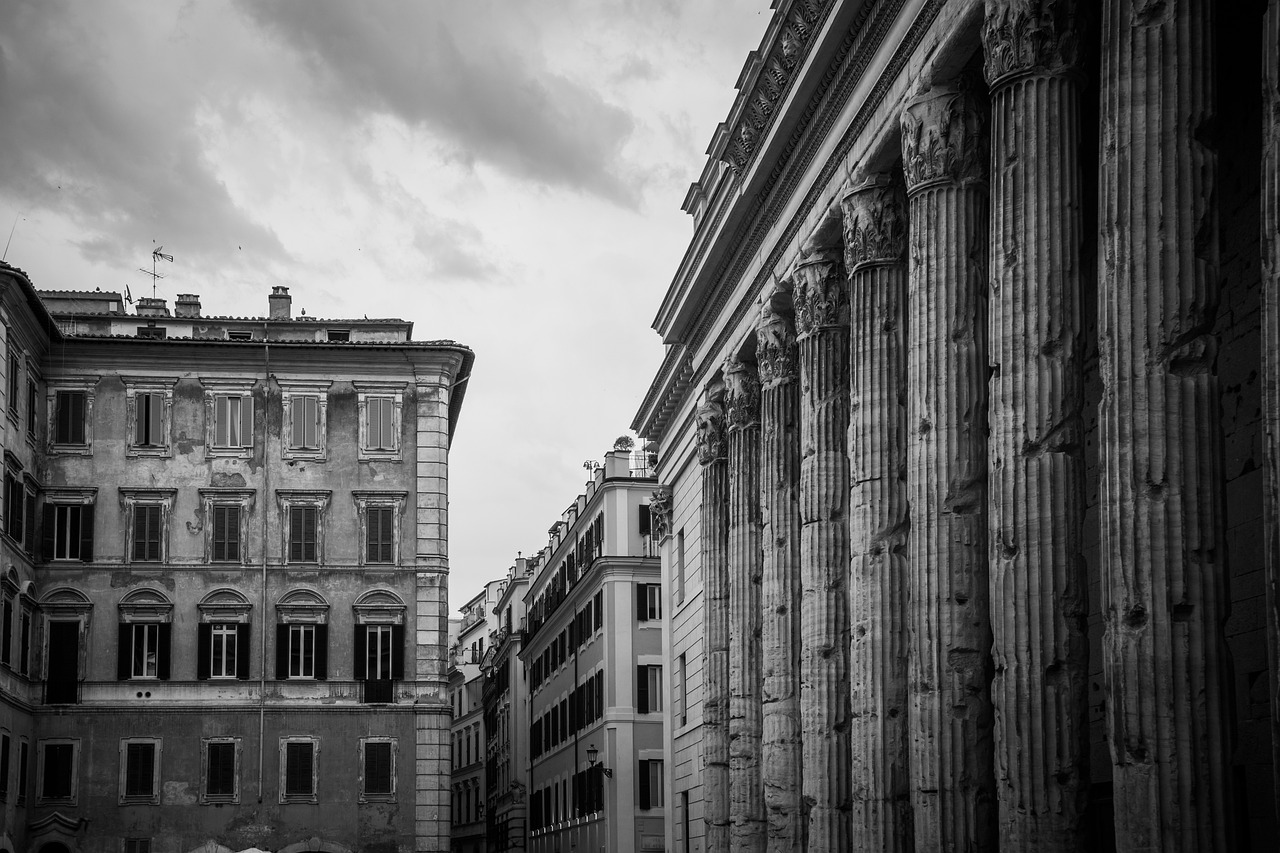Roman Religion: Beliefs and Practices in Classical Antiquity
Roman religion, also known as Roman mythology, embodies the beliefs and practices of those inhabiting the Italian peninsula from ancient times until the rise of Christianity in the 4th century. According to Cicero, a prominent orator and politician, the Romans distinguished themselves with a unique wisdom that emphasized the supremacy of the gods’ rule and guidance. Unlike some religions grounded in divine grace, Roman spirituality revolved around a mutual trust (fides) between humans and deities. The aim of these beliefs was to secure the favor, cooperation, and peace (pax deorum) from the gods, which was seen as essential to mastering the often unknown and intimidating forces of the world, termed religio.
This quest for divine assistance led to a collection of guidelines known as jus divinum (“divine law”), which outlined what actions were to be performed or avoided. For centuries, this framework primarily consisted of instructions related to rites and rituals, lacking a significant moral dimension. The emphasis on ceremonial acts took precedence, treating these rituals with the same importance as patriotic traditions. Roman ceremonies were characterized by their meticulous and conservative nature, revealing traces of ancient beliefs beneath later developments.
In contrast to the Greeks—who were already developing sophisticated concepts of divinity at the start of their literary traditions—the Romans maintained their old practices longer and demonstrated a more rigid, legalistic approach to religion. While the Greeks anthropomorphized their gods and created a rich tapestry of mythology, the Romans lacked a comparable mythology and instead, produced a form of pseudomythology, infusing their national and family stories with Greek elements.
Significantly, Roman religion did not possess a formal creed. A Roman’s obligation was to perform the correct religious rituals, allowing for personal interpretations of the deities. Emotions were generally regarded as inappropriate during worship, although some ancient aspects lingered. Despite these remnants, reconstructing the history and evolution of Roman religion proves challenging. The primary literary accounts available come from antiquarians such as Varro and Verrius Flaccus in the 1st century BCE, who wrote centuries after Rome’s foundation. Their works, influenced heavily by Greek mythology and notions, inevitably led to distorted and flattering views of Rome’s origins.
To fill in the gaps in knowledge, scholars rely on surviving religious calendars, inscriptions, and a wealth of often ambiguous materials found in art, coins, and medallions.
Early Roman Religion: Archaeological Insights
Early archaeological findings provide minimal insights into archaic Roman religion but suggest that in the early 1st millennium BCE, groups such as Latin and Sabine shepherds and farmers began to settle in what became Rome. Following their merging around 620 BCE, the Forum Romanum emerged as the community’s central hub.
These ancient Romans, much like their fellow Italians, perceived divine forces as present in various life functions and natural phenomena, such as childbirth or agricultural cycles. This led them to worship a plethora of functional deities, representing diverse powers associated with everyday life and significant events (e.g., Aius Locutius, a divine voice during a crisis). They adopted an almost ‘religious atomism’ in their approach, assigning distinct roles to numerous deities, where precise names and titles were crucial for invoking them in prayer. To ensure effective communication, they often acknowledged any unknown deity by affirming their name or pleading for recognition in the most accommodating terms.



